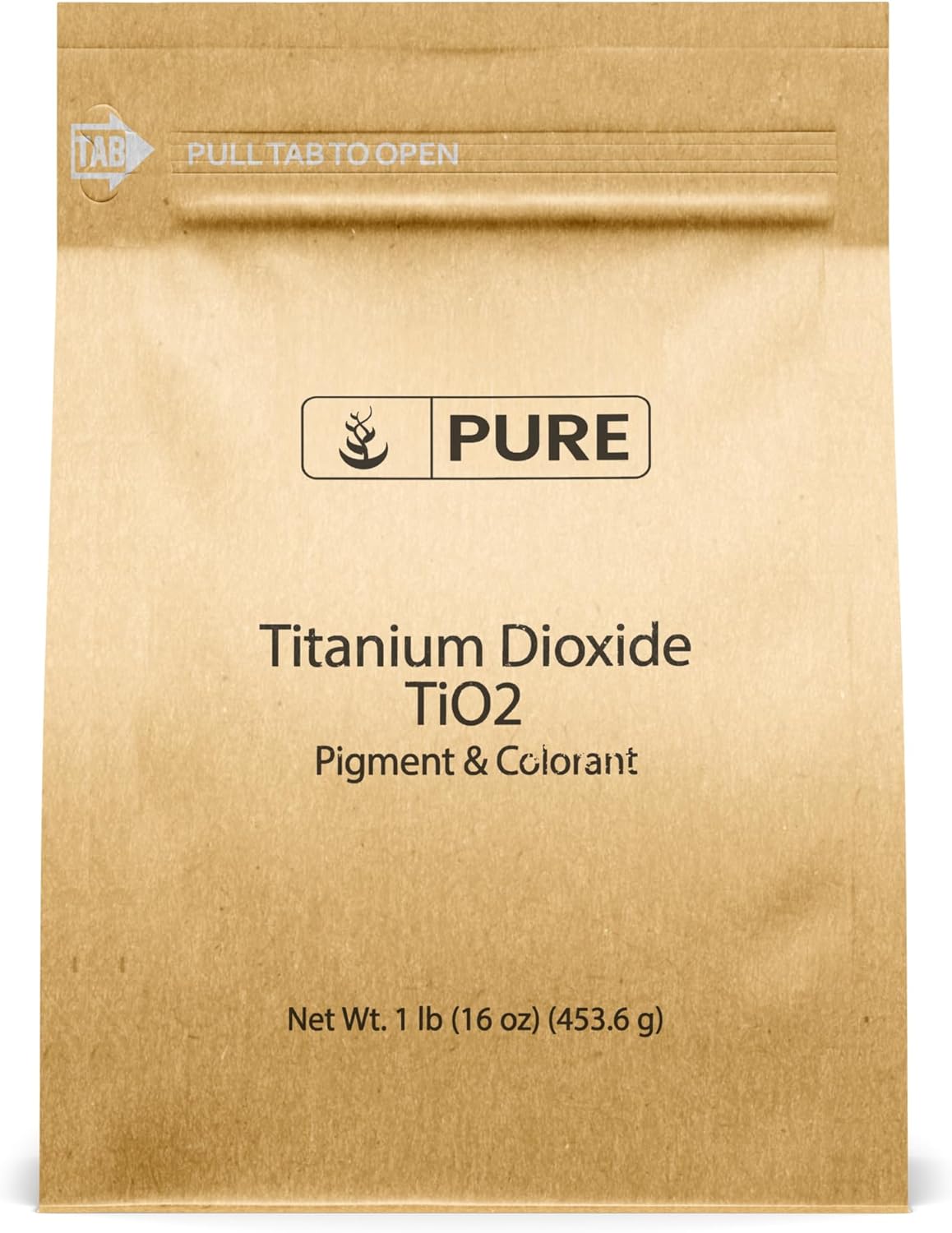


The Ultimate Guide to Titanium Dioxide: Uses, Benefits, and Considerations
What is Titanium Dioxide?
Titanium Dioxide (TiO2) is a naturally occurring mineral known for its exceptional properties. It appears as a white powder that is used widely in various industries, including cosmetics, paint, plastics, and food. This mineral is highly valued for its whiteness, opacity, and UV shielding capabilities. With its remarkable qualities, titanium dioxide has become an essential ingredient in numerous applications.
Why Choose Titanium Dioxide?
Non-Nano and Pure Ingredients
Many consumers seek products that contain pure, additive-free ingredients. Titanium Dioxide stands out due to its non-nano formulation, which means the particles are not small enough to be easily absorbed by the skin. This characteristic makes it a safe option for use in lotions, sunscreens, and other topical products.
Versatile Applications
Titanium Dioxide is not just limited to cosmetics. Its versatility extends to various industries:
- Paints and Coatings: Provides excellent coverage, brightness, and weather resistance.
- Plastics: Enhances durability and color performance.
- Food Industry: Used as a coloring agent, especially in icings and confections.
How is Titanium Dioxide Used in Various Industries?
1. Cosmetics
Titanium Dioxide is a popular ingredient in cosmetics due to its ability to provide a bright white appearance and offer UV protection. It’s commonly found in:
- Sunscreens: Protects the skin from harmful UV rays.
- Foundations and Powders: Provides opacity and smooth application.
2. Paints and Coatings
In the paint industry, titanium dioxide serves as a pigment that enhances opacity, brightness, and weather durability. Its excellent hiding power means less paint is required, making it an economically wise choice.
3. Food Products
Titanium Dioxide is often used in food products as a whitening agent. It’s commonly found in:
- Confectionery: Adds a bright, appealing appearance to sweets.
- Dairy Products: Improves the visual appeal of creams and yogurts.
4. Pharmaceuticals
In the pharmaceutical industry, titanium dioxide is utilized as a dye and filler in various medications. It ensures that pills have a consistent color and aids in the film-coating process.
What are the Pros and Cons of Using Titanium Dioxide?
Pros
- High Opacity: Provides excellent coverage and brightness in various applications.
- UV Protection: Offers protection against harmful UV rays, making it ideal for sunscreens.
- Non-Toxic: Generally recognized as safe when used appropriately in food and cosmetics.
Cons
- Potential Respiratory Risks: Inhalation of titanium dioxide dust, especially in large quantities (e.g., in industrial settings), may pose respiratory risks.
- Regulatory Scrutiny: Titanium Dioxide has faced scrutiny in some regions regarding its safety as a food additive, leading to bans in certain formulations.
How to Safely Use Titanium Dioxide in Your DIY Projects?
When incorporating titanium dioxide into your DIY projects, consider the following tips:
1. Choose the Right Formulation
Opt for non-nano titanium dioxide, particularly when making products that will be applied to the skin. This ensures that you are using safe ingredients.
2. Understand Usage Rates
Different applications require varying amounts of titanium dioxide. For example, when making cosmetics, typical usage rates range from 5% to 15% depending on the product type.
3. Store Properly
To maintain its integrity, store titanium dioxide in a cool, dry environment away from direct sunlight.
What Are Some Popular Products Containing Titanium Dioxide?
Several popular consumer products rely on titanium dioxide for its efficacy and safety. Some examples include:
- Sunblock Lotions
- Mineral Foundations
- Interior and Exterior Paints
- Whitened Food Items
Conclusion
Titanium Dioxide is a formidable ingredient with numerous applications spanning various industries. Its non-nano, pure formulation makes it an attractive choice for consumers seeking safe and effective products. While it boasts many advantages, potential drawbacks should be considered. By educating oneself on how to use this versatile mineral safely and effectively, both consumers and industries can harness its benefits.
FAQs
1. Is Titanium Dioxide safe for use in cosmetics?
Yes, titanium dioxide is considered safe for use in cosmetics when used as directed and in the necessary concentrations.
2. Can titanium dioxide be used in food?
Titanium dioxide is utilized as a coloring agent in some food products, however, its safety as a food additive is subject to regulation in different regions.
3. What are the health risks associated with titanium dioxide?
Inhalation of titanium dioxide dust may pose respiratory risks, particularly in occupational settings. It’s essential to handle it with care and follow safety guidelines.
4. How do I incorporate titanium dioxide into DIY cosmetics?
When using titanium dioxide in DIY cosmetics, choose a non-nano version and adhere to recommended usage rates depending on your specific application.
5. Why is titanium dioxide preferred in sunscreens?
Titanium dioxide is preferred in sunscreens due to its ability to reflect UV rays, providing effective protection against sun damage.








